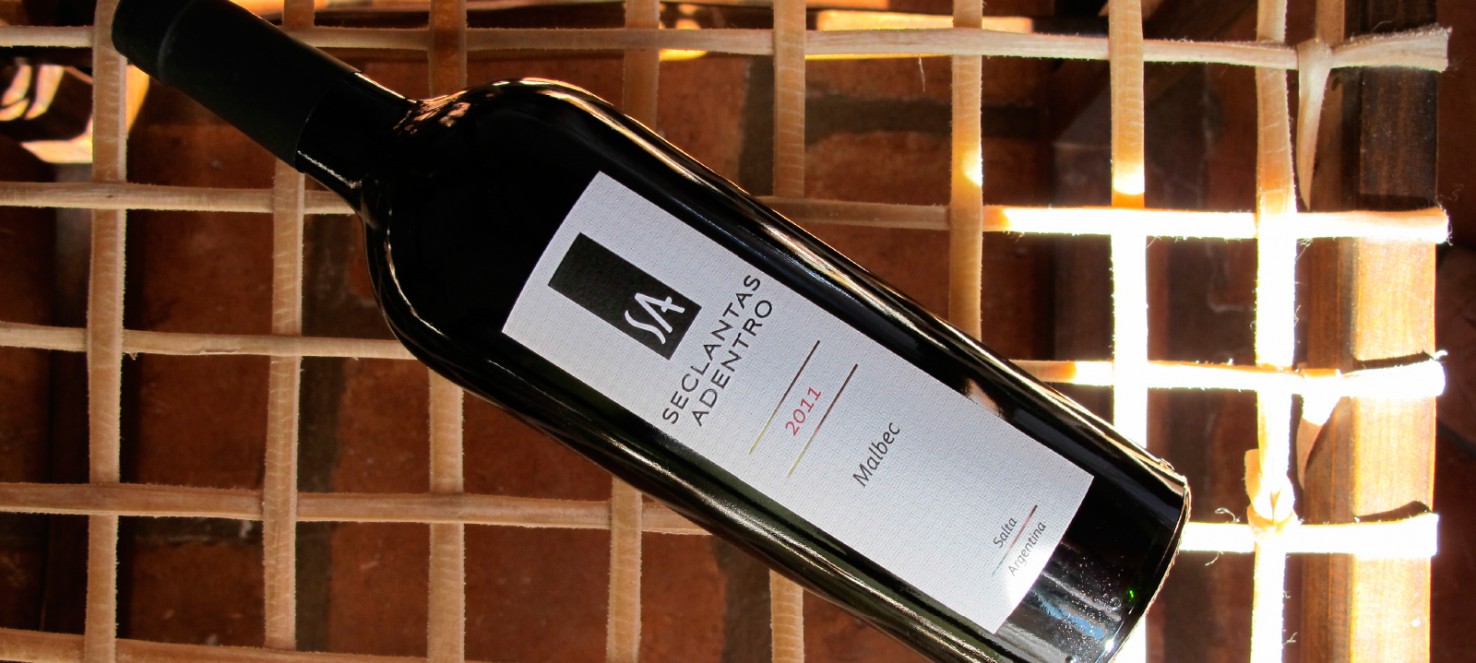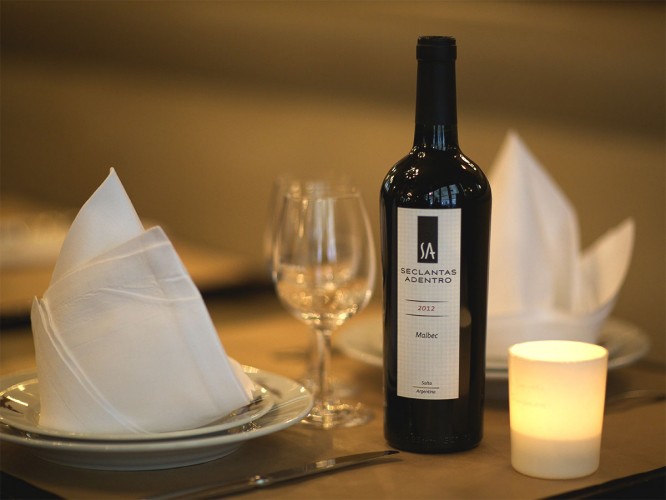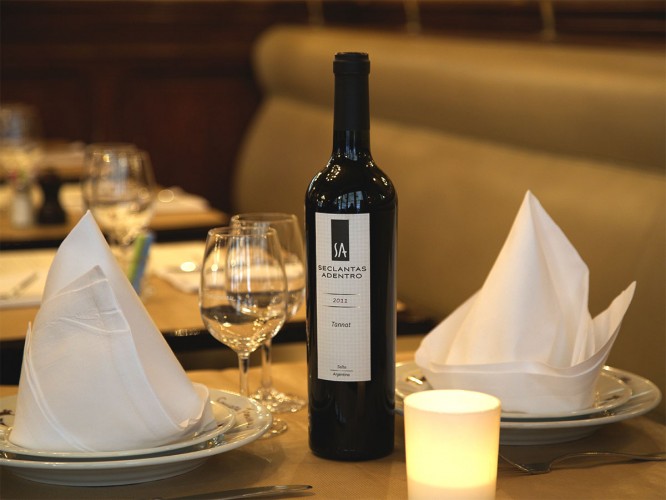Extreme altitude viticulture as it is developed in the Upper Calchaquí Valleys only makes sense if the wines are unique.
The wines we produce retain their wild aromatic character, their untamable complexity while seeking elegance and finesse worthy of a consummate gastronomic experience, as proved by their presence in Michelin-starred restaurants.
The Malbec wine does not go into barrels at all, in order to keep all its sincerity, while the Tannat, the Grenache and the Criolla Chica are aged for 9 to 12 months in French oak barrels of third, fourth or even fifth use.
Exclusive wines
Malbec
Our grapes are so concentrated and expressive that they deserve to be shown in all their uniqueness. This is why we have chosen not to use barrels for their ageing.
Grapes picked by hand and sorted in the vineyard are destemmed and fermented with indigenous yeasts in stainless steel tanks at controlled temperatures between 28 and 30°C. During this period, gentle and daily stirring is carried out to obtain the optimal extraction of the colour and the tannin structure of the wine.
Once the alcoholic fermentation is finished, the wine passes into other stainless steel tank where the spontaneous malolactic fermentation takes place. It is not uncommon for low winter temperatures to stop malolactic fermentation which will resume in spring.
It goes without saying that we seek not to have the wines are not marked by wood so they can express all the richness and personality of the place where they were born.
Once bottled, the elevage goes on for four or five years before going to the market.
Tannat
Tannat, a demanding and austere grape variety, originally from the south-west of France, has found in Seclantas Adentro, under the pink pepper trees, a place to express all its power and aromatic elegance in a unique register.
From its very first cuvée in 2011, Tannat has become the state’s iconic wine. Its characteristics linked to the mineral desert in which the vines grow, contrast with the Atlantic version of the grape variety known in France and Uruguay.
The hand-picked grapes are destemmed and ferment with their native yeasts in stainless steel tanks. The aging is done for nine months in old barrels of third or fourth use in order to round off the tannins of this rebellious grape variety. The aging continues in the bottle for at least five years before being put on the market.
Criolla
Criolla Chica, a distant descendant of Listan Prieto, a robust and generous Castilian grape variety, arrived in America in the 16th century during the conquest.
It has long served as a “mass wine” in perfect anonymity and in the Valles Calchaquíes it is not uncommon to see a few Criolla vines planted around the houses.
It has only been for about twenty years that the vinification of Criolla in a gastronomic spirit has made it possible to produce light wines, with a subtle fruitiness and very easy to drink, thus giving letters of nobility to this ancestral grape variety.
The grapes from almost century-old free-standing vines are hand-picked, mostly de-stemmed, then fermented with native yeasts in stainless steel tanks at low temperatures. The extraction is gentle and the aging is carried out in old barrels of 225 liters of French oak of fourth and fifth use for 24 months.



